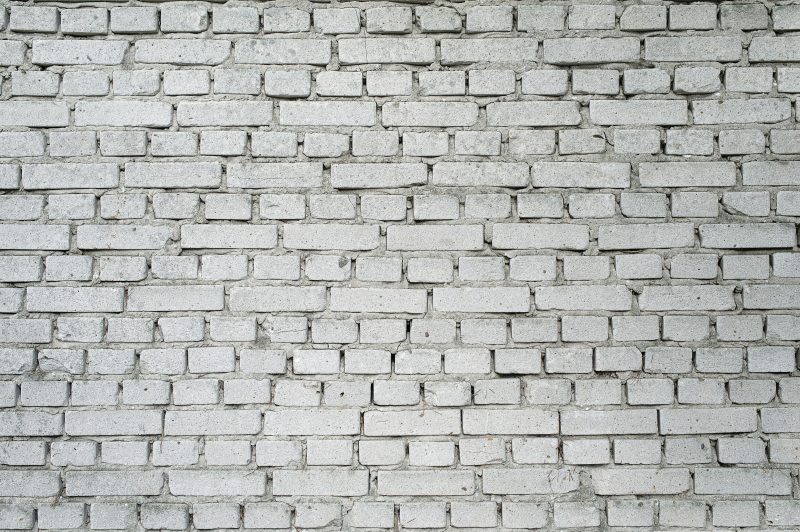Masonry-Type Retaining Walls and How They Redefine Boundaries
07 February 2024
Explore the properties of masonry-type retaining walls by Stride Consulting Engineers. Redefine boundaries in construction. Call us at 0431 008 055 today!
Retaining walls have been integral to many construction projects in New South Wales. They are designed to resist the lateral pressure of soil or other materials, especially when a change in ground elevation is present. These structural components are often used in landscaping, civil engineering, and construction, holding back soil on slopes, creating terraces, and providing structural support to uneven terrain. To date, many types of retaining walls can be maximised by building projects.
One of them that Stride Consulting Engineers offers is the masonry-type retaining walls.
What are Masonry-type retaining Walls?
Masonry-type retaining walls are structures built using bricks, concrete blocks, natural stones, or other masonry materials. Like other retaining walls, they can also resist lateral pressure and retain soil or other materials. These walls, however, are more employed in landscaping and construction as they can be highly effective in addressing changes in ground elevation, preventing erosion, and enhancing the aesthetic appeal of outdoor spaces.
Now, the use of masonry materials not only provides structural stability but also offers a vast number of design possibilities. Bricks, for instance, can be used for smaller retaining walls as they offer a classic and uniform appearance. Concrete blocks, alternatively, are known for durability and can be stacked and reinforced easily. Natural stones, ultimately, have irregular shapes that help create a rustic or elegant look. All features of these materials allow for a seamless integration of functionality and appeal.
Integrating Masonry-Type Retaining Walls
Masonry-type retaining walls are often constructed by stacking or layering the materials. Mortar is then used to bond the individual units, providing additional strength and stability. Now, since the properties of the materials used for these walls can be versatile, the masonry-type retaining walls can be straight, curved, terraced, or include intricate patterns.
The Masonry-Type Retaining Walls Benefit
When integrated into buildings, masonry-type retaining walls can redefine boundaries through their accompanying features and properties. Some of them are as follows.
• Dependable Support: With the right materials, masonry-type retaining walls can easily ensure stability, allowing them to support heavy loads. They should be integrated with the right materials, wall design, and proper construction quality.
• Appealing Looks: Whether composed of bricks, stones, or concrete blocks, these retaining walls can be transformed into architectural features that seamlessly integrate with the surroundings. They can even be integrated with the overall design scheme of an existing building.
• Improved Stability: Masonry-type retaining walls can hold back soil and prevent erosion on sloped landscapes as they can withstand the pressures exerted by retained soils. This feature makes them recommended in areas with elevation changes.
• Enhanced Drainage: Beyond their primary role in retaining soil, these retaining walls can help ensure effective drainage and water management. Walls that are properly incorporated with drainage systems can prevent water accumulation behind the structure, reducing hydrostatic pressure and ensuring their long-term stability.
All features and properties of masonry-type retaining walls help redefine boundaries, not merely as structural barriers, but as sculpted expressions of elegance and strength. To gain the benefits of these retaining walls, you can hire our team at Stride Consulting Engineers.
Optimized by: Netwizard SEO
